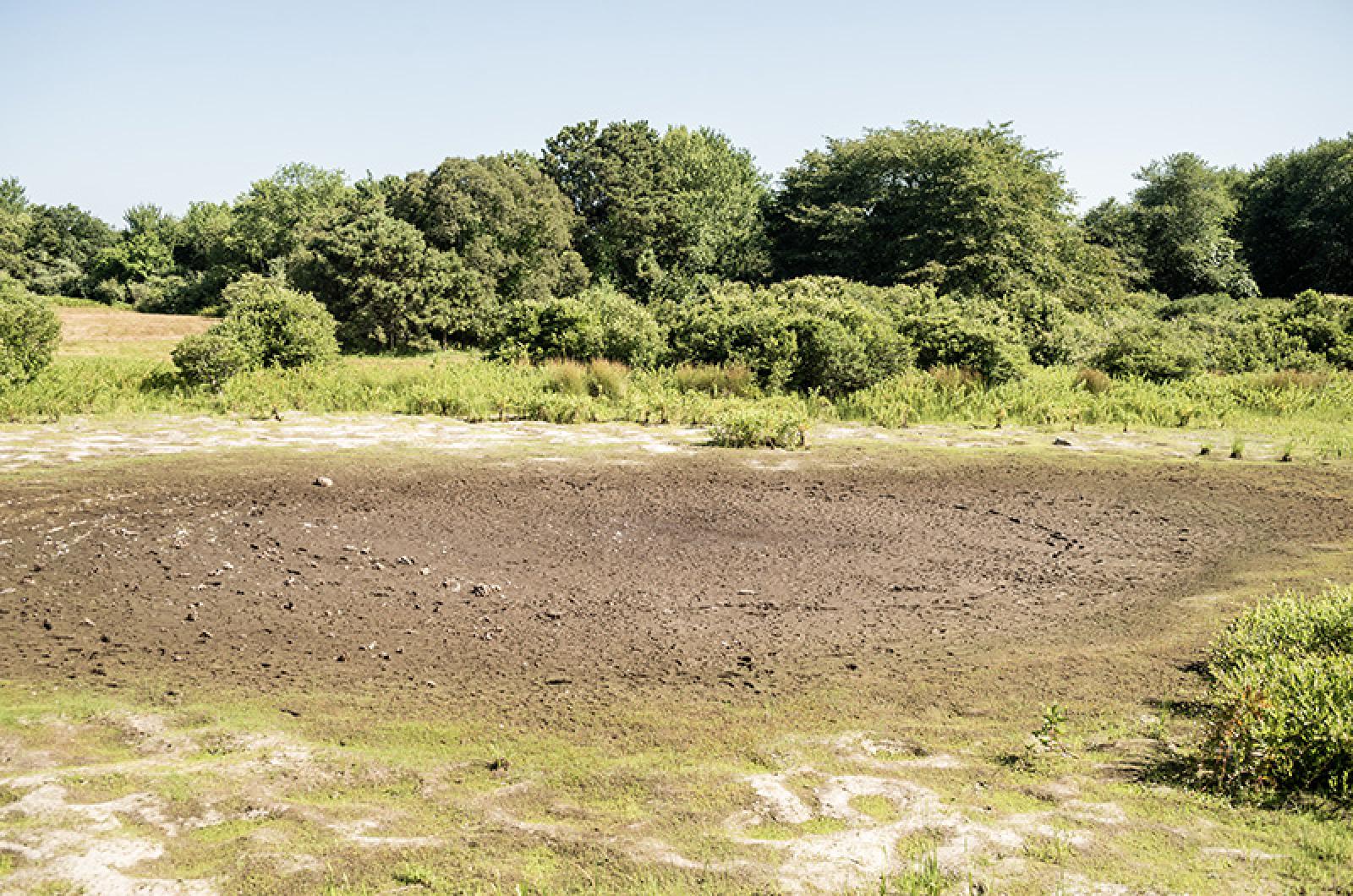The recent heatwave has dominated headlines, but for Islanders ranging from farmers to firefighters, the lack of rain is the larger concern. Water security on Island has yet to be threatened by ongoing drought conditions, but safety officials are on full alert and other industries have begun to feel the heat.
Hot, dry conditions are expected to continue this month, after four months of Massachusetts State-designated level one (“mild”) drought conditions in the Islands region. The National Weather Service Cooperative Station in Edgartown recorded just a half inch of rain for July, 2.5 inches lower than the historic average. The July measure is on par with 2020, the last designated drought year on the Vineyard, though cumulative rainfall since May is down by a quarter inch compared to then.
Cape Cod was the final Mass. region to be declared a drought zone at the beginning of last month, and along with the Islands and the Western Regions is under level one conditions. The Connecticut River Valley and Southeast regions are both under level two (“significant”) conditions, while the Northeast and Central Regions are at level three (“critical”).
The aquifer, the main water supply for Island towns, has yet to show signs of stress from the drought conditions, according to municipal water officials.
“Even though a drought is declared, I’m not worried,” said Bill Chapman, Edgartown water superintendent, over the phone. “Our aquifers are very healthy.”
“Regardless of what’s been determined, the best information any public water supplier can utilize is to look at their own wells and real time data,” said Mr. Chapman of the state designation. “All of our indicators are on par with historical data.”
Despite the current health of the water supply, Mr. Chapman encouraged proactivity in water conservation. Voluntary conservation measures, including the limited of lawn watering and a prohibition on washing sidewalks, were all in place before the drought designation.
Oak Bluffs Assistant Water Superintendent Greg Dankert had a similar assessment of Island water conditions.
“It’s not a supply issue, but it’s about how people use that supply,” said Mr. Dankert.
He emphasized that the real risk lies in people overusing their irrigation when rain isn’t forthcoming. The seasonal nature water usage (which drops by as much as 55 million gallons per month in the off-season) ensures that the aquifer can recover from increased summer water stress.
Farmers are feeling the effects of these conditions most acutely.
“Talk about the bottom falling out, you dig down four feet and it’s dust all the way,” said Dan Athearn, COO and livestock manager at Morning Glory Farm. “The last two or three seasons, we’ve had showers in the summer. This season we really haven’t. But if we picked up an inch of rain, this season would be a non-event in my mind.”
Pasture and hay fields, which aren’t irrigated, have been most affected, Mr. Athearn said, but even irrigated crops have taken a beating.
“If you get a shorter dry spell, you can miss a few spots, but now it’s very acute,” he said. “If there’s anywhere you miss, you see it, it’s brown and dead.”
More strenuous irrigation burdens have also exacerbated other issues: limited farm labor means the irrigation takes time from other tasks, and rising gas prices have made the farm’s three diesel wells more expensive to run.
Fire officials are also hyperaware of the dry conditions on the Island, and cautioned that a few minor showers wouldn’t be enough to mitigate fire risk.
“We’re still gonna need several inches of rain to get out of these conditions,” said West Tisbury Fire Chief Greg Pachico.
Chief Pachico recommend caution, and emphasized the fact that visitors or residents who set off fireworks (illegal in the state of Mass.) may be held legally liable for any fires started.
Dave Celino, chief fire warden for the state Department of Conservation and Recreation’s Bureau of Forest Fire and Forestry, agreed that this years drought conditions are particularly concerning.
“We’ve turned a corner, and not in a good way,” he said on a phone call.
The drought’s length means that soil dries out, and forest fires can burn up to a foot and a half underground; in these conditions, a single acre forest fire could take several days to be extinguished.
There have been 159 forest fires in the state this month, and 40 in the last week, he said, mostly concentrated in the eastern part of the state, and mostly resulting from human activity.
“This year is different,” Chief Celino said. “It’s gonna take an extended rain event, like a tropical system, to get us out of this.”






Comments
Comment policy »